Whether you purchase plants or nurse your own plants along from seed, the transplanting step is critical to healthy pepper plants and bountiful harvests. After successful transplanting, peppers will normally thrive with a minimum of care.
Start with Good Pepper Plants
Plants should be 6-10 weeks old with dark green color, thick stems, and no blooms. Pinch off any blooms so the plant will put energy into adjustment after transplant, early growth, and higher eventual yeilds.
Harden Off
Hardening pepper plants will enable them to withstand the shock of being transplanted into the garden and move quicker toward new growth and fruiting. Keep in mind that your peppers have been living in a sheltered indoor environment with limited environmental fluctuations. Peppers should be hardened for at least a week to 10 days, and up to two weeks before transplanting. Move the containers to a shady spot outdoors that is protected from winds and drastic temperature fluctuations. Start with a half-hour outdoors and gradually increase to 8 hours, then overnight. Increase the amount of sunlight during the process. Never put seedlings outside on windy days without windbreaks, and either move indoors or protect from rain storms or very high winds. If possible, a cold frame works well for the hardening process. If no cold frame is available, you can construct a make-shift cold frame using hay or straw bales placed to form a square with plastic sheeting anchored over the square. You will need to water plants more frequently than was necessary indoors.
Choose the Right Time
To transplant into the garden, wait until:
last frost date for your zone has passed,
the soil temperature is around 65° F,
nightime temperatures are above 50° F, and
your seedlings are hardened.
Peppers are warm season crops that grow best at temperatures of 70-80° F during the day and 60-70° during the night. Ideally, transplant on an overcast day or an evening. If days are hot and sunny, provide temporary shade for the first few days.
TIP
Heat your spring soil while exterminating weeds. First thoroughly prepare the soil for planting, then cover the soil with clear plastic. Sunlight will warm the soil under the pastic, which traps the heat. You can start this very early in the spring. The warmed soil will cause weeds to germinate, then die in the intense heat. Remove the plastic about two to three weeks after last frost and transplant pepper plants. Avoid disturbing the soil more than required as this will turn up new weed seeds.
Choose the Right Site
Plant peppers in full sun, in fertile, well-drained soil. Planting in partial shade will reduce yeilds and lengthen the time required to produce and ripen fruit. One exception to this rule is the Red Savina variety. It has large leaves which on very hot sunny days lose a lot of water to transpiration, so they "sweat" water faster than their roots can "drink" water. If in day-long full sun, these varieties may wilt even with frequent watering, so afternoon partial shade is beneficial. It is not beneficial for most peppers.
Plant Your Peppers and Water In
Although spacing will vary by pepper variety, a good general guideline is to allow 12-18 inches between stems, and 24-36 inches between rows. Always check the recommended spacing for each pepper variety. Plants often benefit from spacing slightly closer than recommendations - the leafy canopy will shade roots and help conserve moisture. Crowding peppers too much will result in tall, spindly plants.
Dig a hole for each plant that is a bit larger than the root ball of the plant. Hold the plant by the rootball (not the stem) and place in the hole. Try to disturb the roots as little as possible. Set the plants slightly deeper (up to an inch) than they were grown in the container, and more if they are leggy. If seedlings are in peat pots, tear back the top edges and add a few slits to sides before planting. Some people peel off the entire peat pot and believe that encourages stronger root growth.
Opinions are divided about the value of adding transplant hormones, fertilizers, or other amendments to the planting hole. Many experts advise using nothing at all in the planting hole, others add small amounts of amendments. When in doubt, less is better with fertilizers. Refer to the forum threads for discussions on fertilizing peppers.
TIP
Perform a soil test in early spring to determine the condition of the soil in your garden. This will help you make better decisions about soil amendments and fertilizers. For details on soil testing, refer to the Soil, Compost & Mulch forum's excellent FAQ on the subject.
Fill in the hole with garden soil, then press firmly around the plant base to form a slight depression or moat around the stem to accumulate water. Water deeply. Check plants daily for the first week and water at first sign of wilting. During the growing season, water deeply on a consistent schedule, preferably in mornings, to supply moisture to a depth of 6 inches. Be careful to avoid overwatering. Avoid shallow, frequent watering which will encourage shallow roots. If in doubt about the amount and frequency of water necessary, purchase a soil moisture meter and insert it to a depth of six inches about 5 inches from plant stem. Soil meters help take the guesswork out of watering. Many people have good results with watering every 5 days to one week unless plants are in containers, which dry out quicker than garden soil.
Protect Tender Transplants
Planting when soil temperatures reach 65° is always best and will preclude the need for most protection from spring weather. If you choose to try to get an early start or extend the growing season of a cooler zone, there are ways to increase possibility of success. Protect new transplants with hotcaps, large cloches, pots, or boxes when unexpected cold weather is forecasted. Peppers are very sensitive to frost so avoid exposure at all costs. Covering the plants with gardening cloth or make-shift coldframes and using black plastic mulch around plants to warm the soil will help them get off to a good start in spring weather of cooler zones. Some people even use christmas lights to add warmth around plants in early spring or late fall.
Young seedlings are popular treats for some pests so inspect often for signs of damage or presence of insects. For insect pests, a spray of soapy water is safe to use on young seedlings and will kill soft-bodied and chewing insects. Slugs can be baited and killed with beer in shallow containers or with commercial slug baits. For larger nibblers like rabbits or mice, use a physical barrier around plants for at least the first month in the garden.
When working the soil around peppers, keep in mind that some roots are fairly shallow. Do not cultivate deeper than one inch to avoid disturbing roots.
Decide on Mulch
Black plastic mulch is sometimes used in early season to increase soil temperature and prevent weeds. Mulching transplanted peppers immediately with black plastic will definitely warm spring soil and prevent weeds but may also reduce root depth. If you choose to use plastic mulch, either install drip irrigation or soaker hose beneath the mulch, or make sure water drains into soil through puncture holes and isn't left standing after watering or rain.
The best choice for mulching peppers is to wait until roots have grown deep (around the time of flowering) then mulch plants with a heavy layer (3-4 inches) of organic mulch. This delay allows time for the soil to warm considerably, and the plants to establish deep roots. Mulch helps retain soil moisture, prevent some soil-borne diseases, and reduce or eliminate weeds. Organic mulches cool soil surface and black or red pastic mulches warm soil surface. Typical organic mulches include layered newspaper covered with straw or hay, grass clippings (as long as no weed-killers are used), shredded or chipped wood mulches, and cocoa fiber. The Mulches FAQ on the Soil, Compost & Mulch forum explains the various mulch types and each one's relative benefits and drawbacks.
Provide Support If Needed
In addition to shallow roots, peppers have fairly brittle branches that eventually grow heavy with peppers. Although not normally required for healthy plants, some may benefit by staking or caging. This provides support during windy storms and under the weight of bountiful harvests of larger peppers. Cages can also be wrapped at bottom to protect plants from high winds and some nibbling animals. Allow the plants some ability to move with the winds (without breaking) as this will help the plant grow a stronger, more resiliant stem.
Now stand back and watch them grow!
* * * * * * * * * * * * * * * *
Major risks to newly-transplanted pepper transplants:
- Planting early (before 65° soil) and not protecting from frosts and cold winds
- Inadequate hardening before transplant
- Too much "stuff" added into the planting hole
- Under- or over-watering during establishment
- Over-fertilizing during establishment (too much or too strong)
- Nibbling pests (insects, rodents, birds)
* * * * * * * * * * * * * * * *
Thanks to the many forum members who contributed to this FAQ.

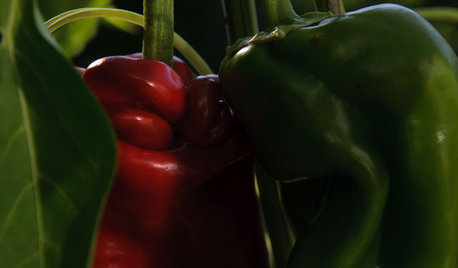


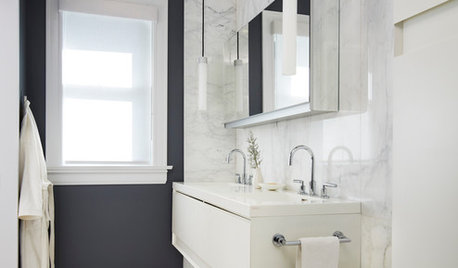

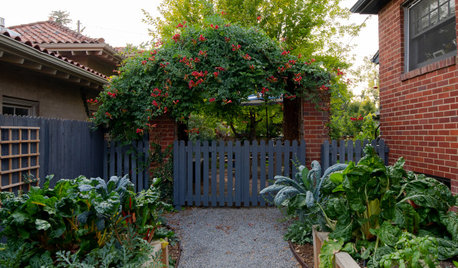

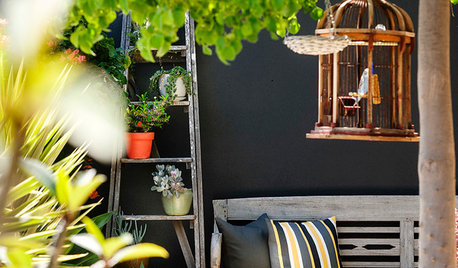
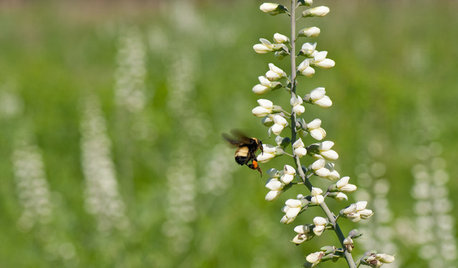



Related Discussions
When should I start my pepper & tomato seeds?
Q
when should I transplant gaillardia seedlings outdoors?
Q
When should I set out transplants in Houston?
Q
Hot pepper plants
Q